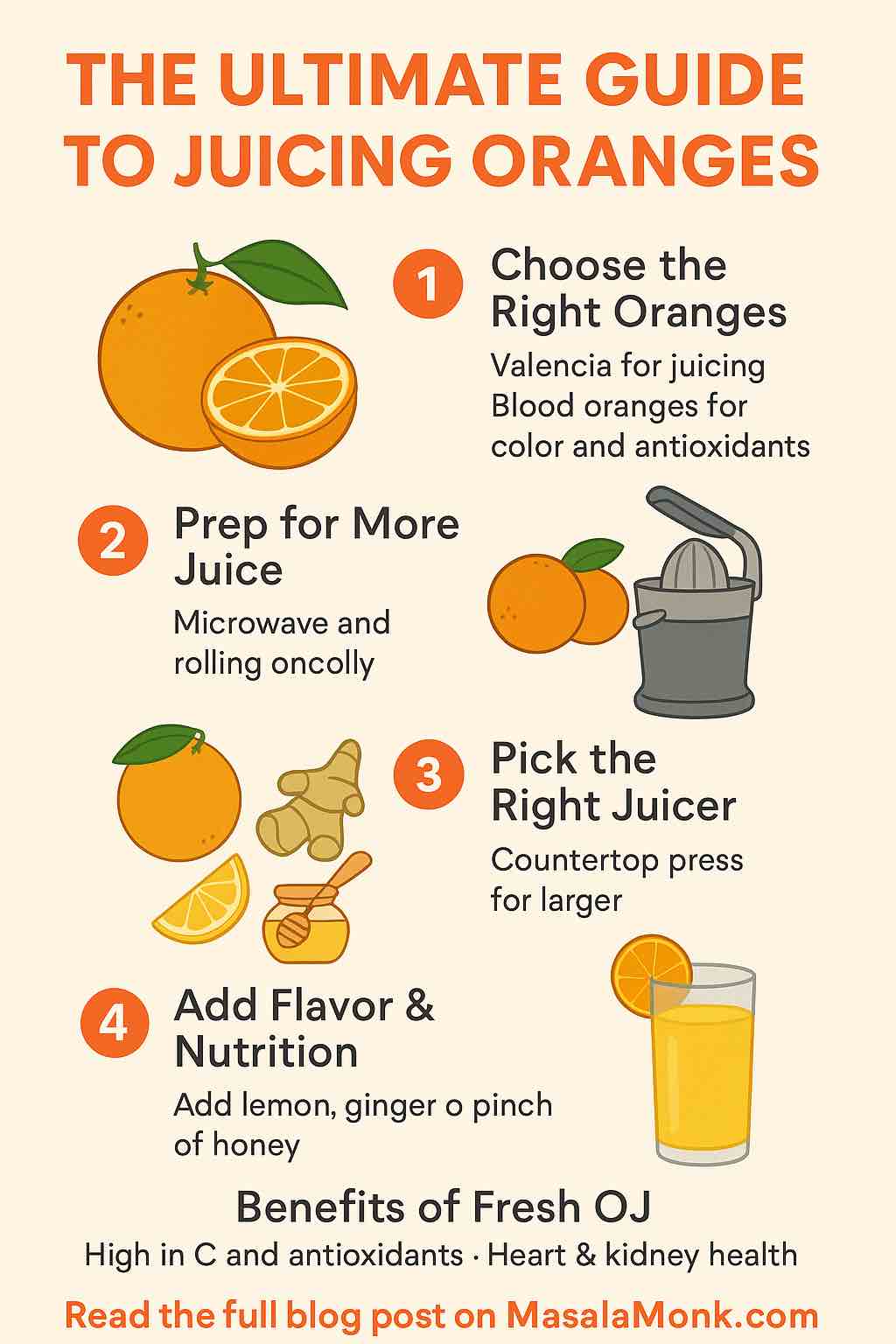
When it comes to weight loss, we often search for exotic superfoods or expensive supplements. But what if a humble, colorful, and delicious vegetable in your local produce aisle could help you trim fat, reduce inflammation, and supercharge your metabolism? Enter the bell pepper.
What Are Bell Peppers?
Bell peppers (Capsicum annuum), also known as sweet peppers, are non-spicy, thick-walled fruits that come in vibrant shades of red, green, yellow, and orange. Unlike their fiery relatives in the Capsicum family, bell peppers are mild, sweet, and exceptionally nutrient-dense.
Nutritional Powerhouse
Here’s what you get in just one cup (about 100g) of raw red bell pepper:
- Calories: 31
- Water: ~92%
- Carbohydrates: 6g (of which 4g are natural sugars)
- Fiber: 2.1g
- Protein: 1g
- Fat: 0.3g
- Vitamin C: 127mg (213% DV)
- Vitamin A: 157mcg (19% DV)
- Potassium: 211mg
- Folate, Vitamin B6, Lutein, Zeaxanthin, Capsanthin, and Beta-carotene
Red bell peppers, which are fully ripened, have the highest levels of nutrients and antioxidants.
Science-Backed Health Benefits
1. Boosts Immunity and Skin Health
Vitamin C is essential for collagen production, wound healing, and immune function. Bell peppers contain more vitamin C than oranges, making them a powerful ally against seasonal illness and aging skin.
2. Enhances Metabolism and Fat Burning
Bell peppers contain capsiate, a non-spicy cousin of capsaicin, found in chili peppers. Capsiate has been shown in human and animal studies to modestly increase energy expenditure and fat oxidation without the burning sensation of capsaicin.
3. Fights Inflammation and Oxidative Stress
Antioxidants like beta-carotene, lutein, and zeaxanthin help neutralize free radicals. Capsanthin, unique to red bell peppers, has powerful anti-inflammatory and anti-obesity effects.
4. Improves Eye Health
Lutein and zeaxanthin accumulate in the retina and protect against macular degeneration and cataracts. Orange and yellow bell peppers are particularly rich in these carotenoids.
5. Promotes Fullness with Fewer Calories
High water content, dietary fiber, and low calorie density make bell peppers ideal for adding bulk to meals without increasing caloric load.
5 Practical Ways to Use Bell Peppers for Weight Loss
1. Stuffed Bell Peppers
Slice off the tops, remove seeds, and stuff with lean protein like turkey or lentils, brown rice, and herbs. Bake until soft. It’s a complete meal that’s filling, low-calorie, and fiber-rich.
2. Pepper & Hummus Snack Packs
Chop raw bell peppers into sticks and pair with 2 tablespoons of hummus. This crunchy, protein-rich snack keeps you full and curbs junk food cravings.
3. Egg & Pepper Breakfast Scramble
Saute diced bell peppers with onions and spinach. Add whisked eggs or tofu and scramble for a colorful, protein-packed breakfast that keeps you satisfied for hours.
4. Low-Cal Stir Fry Base
Bell peppers add volume, texture, and nutrition to stir fries. Use them with lean meats, tofu, or legumes in a light soy or garlic sauce over cauliflower rice for a low-carb dinner.
5. Grilled or Roasted as a Side Dish
Roast or grill peppers with a drizzle of olive oil and your favorite spices. Serve as a fiber-rich, antioxidant-loaded side dish that enhances any meal.
Cooking Tips to Maximize Benefits
- Eat some raw to preserve vitamin C.
- Cook lightly to boost carotenoid absorption.
- Pair with healthy fats like olive oil or avocado to enhance nutrient uptake.
- Mix colors to get a spectrum of nutrients and flavors.
Final Thoughts
Bell peppers aren’t just a colorful garnish. They’re a scientifically supported, budget-friendly powerhouse for weight loss and overall health. With their unique mix of fiber, water, antioxidants, and metabolism-boosting compounds, incorporating bell peppers into your daily meals is a simple yet effective way to support a leaner, healthier you.
So next time you shop, grab a rainbow of bell peppers and start reaping their delicious and transformative benefits.
📌 FAQs
1. Are bell peppers good for weight loss?
Yes. Bell peppers are low in calories, high in fiber and water, and contain metabolism-boosting compounds like capsiate, which can help support fat loss.
2. Which bell pepper is healthiest?
Red bell peppers are the most nutrient-dense. They’re fully ripened and contain the highest levels of vitamin C, beta-carotene, and capsanthin.
3. Can I eat bell peppers every day?
Absolutely. Eating bell peppers daily can support digestion, immunity, eye health, and weight management. Just vary the colors to maximize nutrient intake.
4. Do bell peppers burn belly fat?
While no food targets belly fat specifically, bell peppers contain compounds like capsiate and fiber that may help reduce overall fat and support metabolism.
5. How do I store bell peppers for freshness?
Keep unwashed bell peppers in the fridge’s crisper drawer. Use within 5–7 days for optimal freshness, or freeze sliced peppers for longer use.
6. Should I eat bell peppers raw or cooked?
Both are beneficial. Raw peppers preserve vitamin C, while cooking helps absorb carotenoids. A mix of both is ideal.
7. Can I eat bell peppers at night?
Yes. They are easy to digest and low in calories, making them a great late-night snack when paired with protein like hummus or cottage cheese.
8. Are green bell peppers less nutritious?
Green peppers are less sweet and contain fewer antioxidants than red or orange ones but still provide fiber, vitamin C, and B6.
9. Can bell peppers cause bloating or gas?
Some people with sensitive stomachs may experience mild bloating. Start with smaller amounts and cook them to reduce potential discomfort.
10. Are bell peppers keto-friendly?
Yes. Bell peppers are relatively low in carbs (~6g per 100g), making them suitable for most low-carb and ketogenic diets in moderation.











